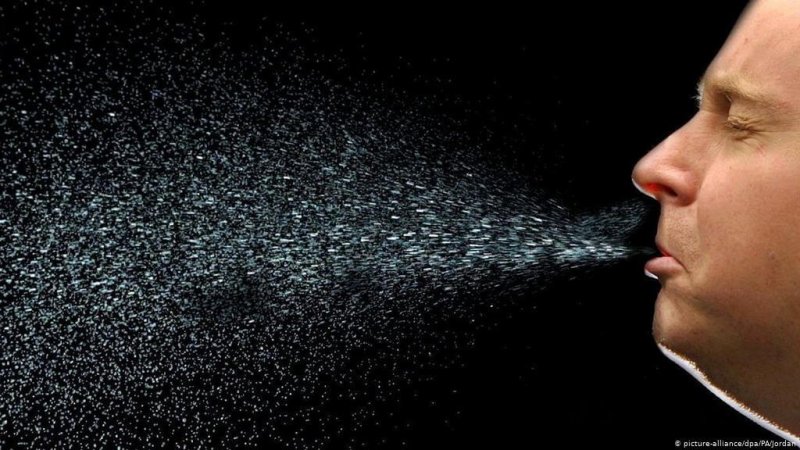The agency had posted information [Friday, September 18] stating the virus can transmit over a distance beyond six feet, suggesting that indoor ventilation is key to protecting against a virus that has now killed nearly 200,000 Americans.
The CDC shifted its guidelines Friday, but the change was not widely noticed until a CNN report Sunday. Where the agency previously warned that the virus mostly spreads through large drops encountered at close range, on Friday, it had said “small particles, such as those in aerosols,” were a common vector.
But Jay Butler, the CDC’s deputy director for infectious disease, said the Friday update was posted in error. “Unfortunately an early draft of a revision went up without any technical review,” he said.
For months, scientists and public health experts have warned of mounting evidence that the coronavirus is airborne, transmitted through tiny droplets called aerosols that linger in the air much longer than the larger globs that come from coughing or sneezing.
Experts who reviewed the CDC’s Friday post had said the language change had the power to shift policy and public behavior.































